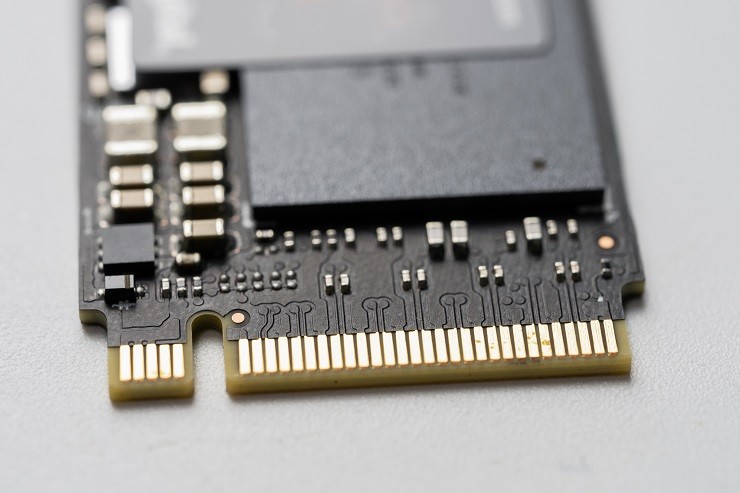Intel, forever seeking to narrow the performance gap between server processors and storage, launched a new series of data center-class PCIe solid-state drives the company is billing as its “highest performing SSD for the data center.”
Intel Solid State Drive DC P3608 Series drives, available now in capacities of 1.6 TB, 3.2 TB and 4 TB, feature read/write performance of up to 5 GB per second (5,000 MBs) and 3 GB per second (3,000 MB), respectively. The drives slot easily into compact server enclosures given its low-profile (half-height, half-length) dimensions.
According to the company’s testing, DC P3608 SSDs can sustain up to 800,000 random read input/output operations per second (IOPS).
Such lofty performance figures are made possible, in part, by an NVMe (Non-Volatile Memory Host Controller Interface) dual-controller architecture and 8 lanes of PCIe 3.0, wrote Frank Ober, Data Center Solution Architect at Intel, in a blog post. “With 4 x8 cards, and 16TB, you’d be able to support over 40TB of compressed SQL Server data using the Fast Track Data Warehouse architectures, because of the excellent compression available with this architecture,” Ober said.
Targeting high-performance computing workloads, large databases and real-time analytics, Intel explains in the product’s documentation that the NVMe protocol delivers more IOPS with lower CPU overhead compared to SATA or SAS. The dual-controller implementation used by the chipmaker allows for the efficient and simultaneous transfer of data, which can be further optimized using the company’s Rapid Storage Technology enterprise (RSTe) software, contends Intel.
Intel is currently shipping DC P3608 Series SSDs “in high volume to top OEMs,” reported Ober. Among them is supercomputing specialist Cray. In a statement, Cray described the new hardware as “an outstanding solution for our high-performance computing customers running high-density, high-speed data applications, and workflows.”
The companies are no strangers to employing PCIe SSDs in a bid to push the boundaries of supercomputing and big data processing. In 2013, they joined with the Lawrence Livermore National Laboratory to develop a 324-node, 150 teraflop per second HPC cluster called Catalyst using Intel PCIe SSDs.
“Cray has a long history of incorporating the latest Intel technologies into our supercomputing solutions, and the DC P3608 Series is another example of how we can jointly address our customers’ most challenging problems,” stated the company.






